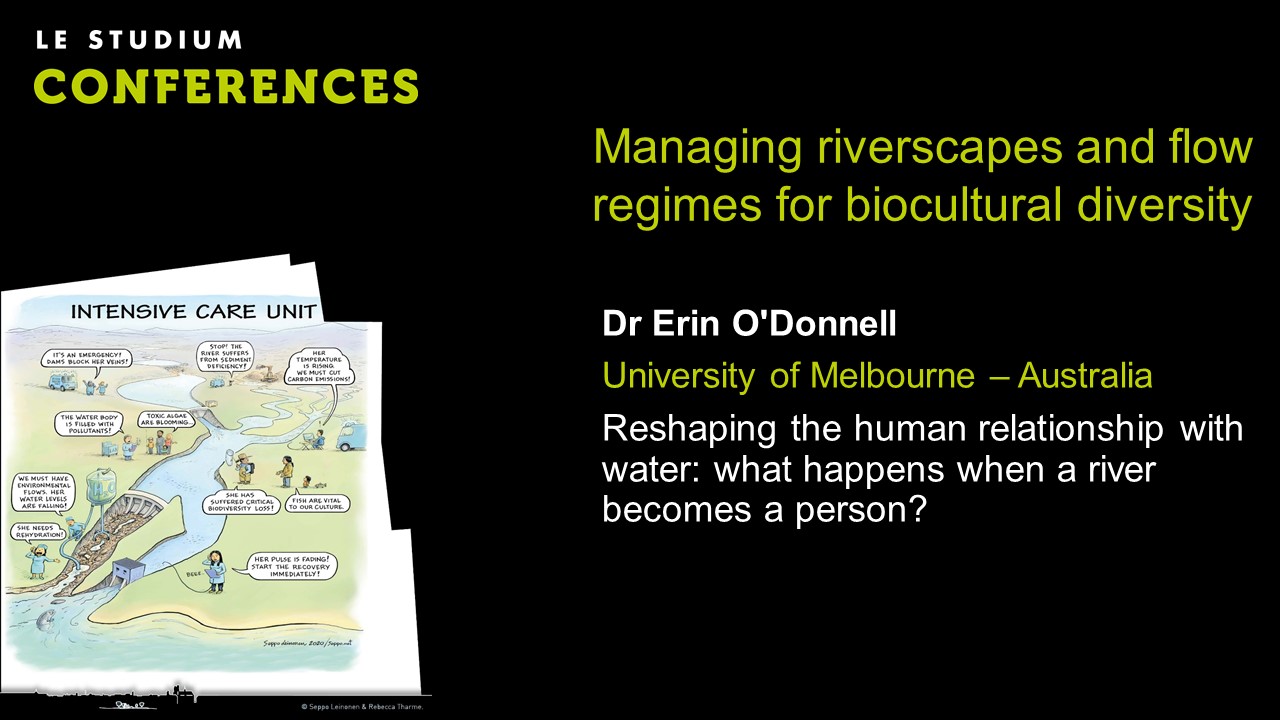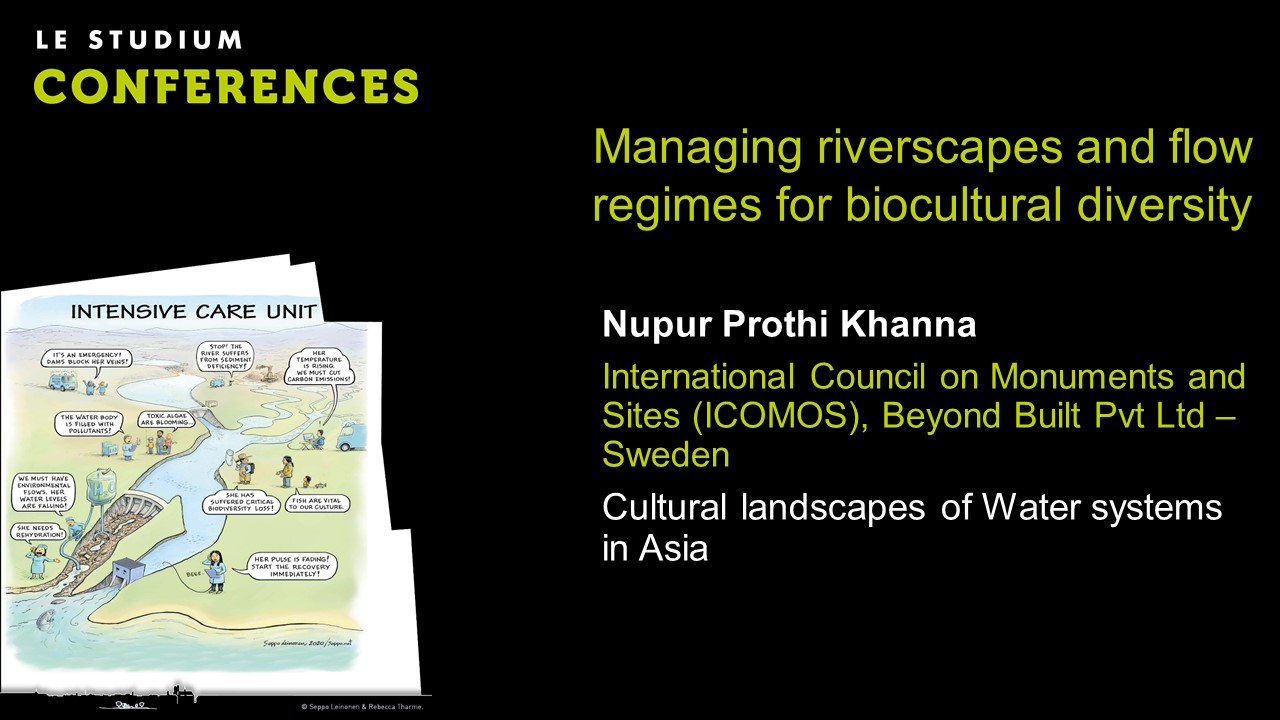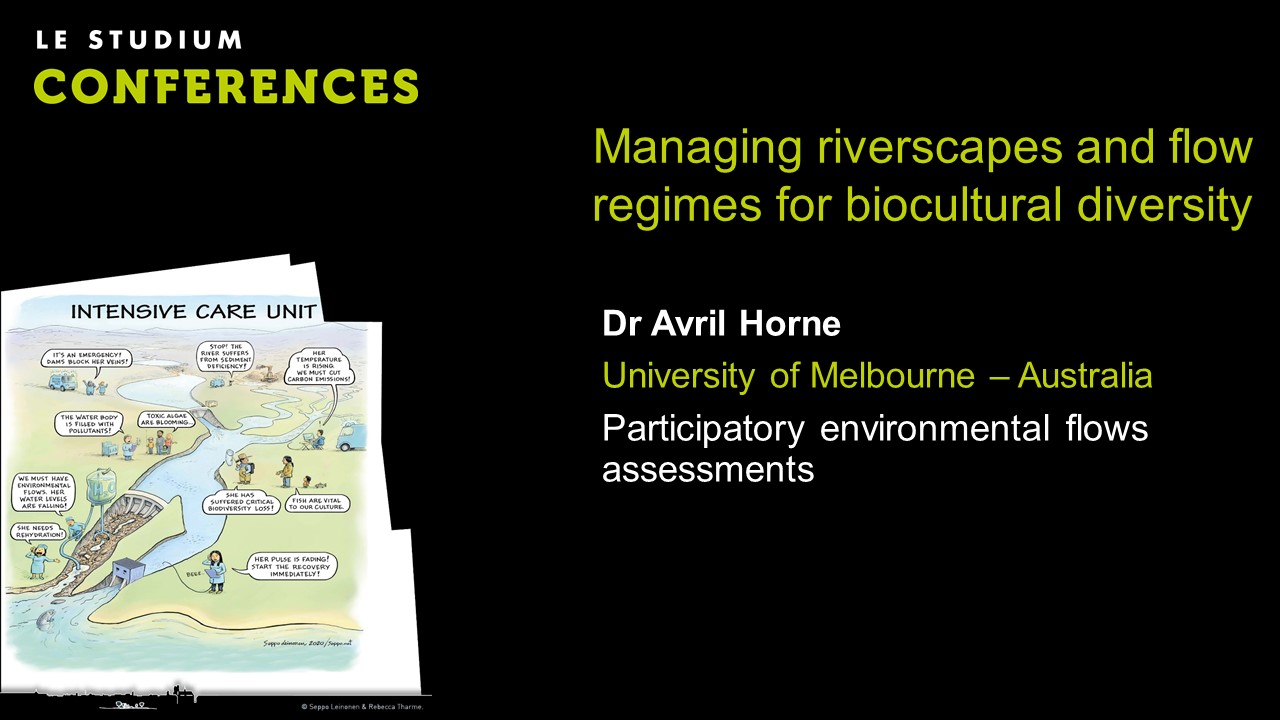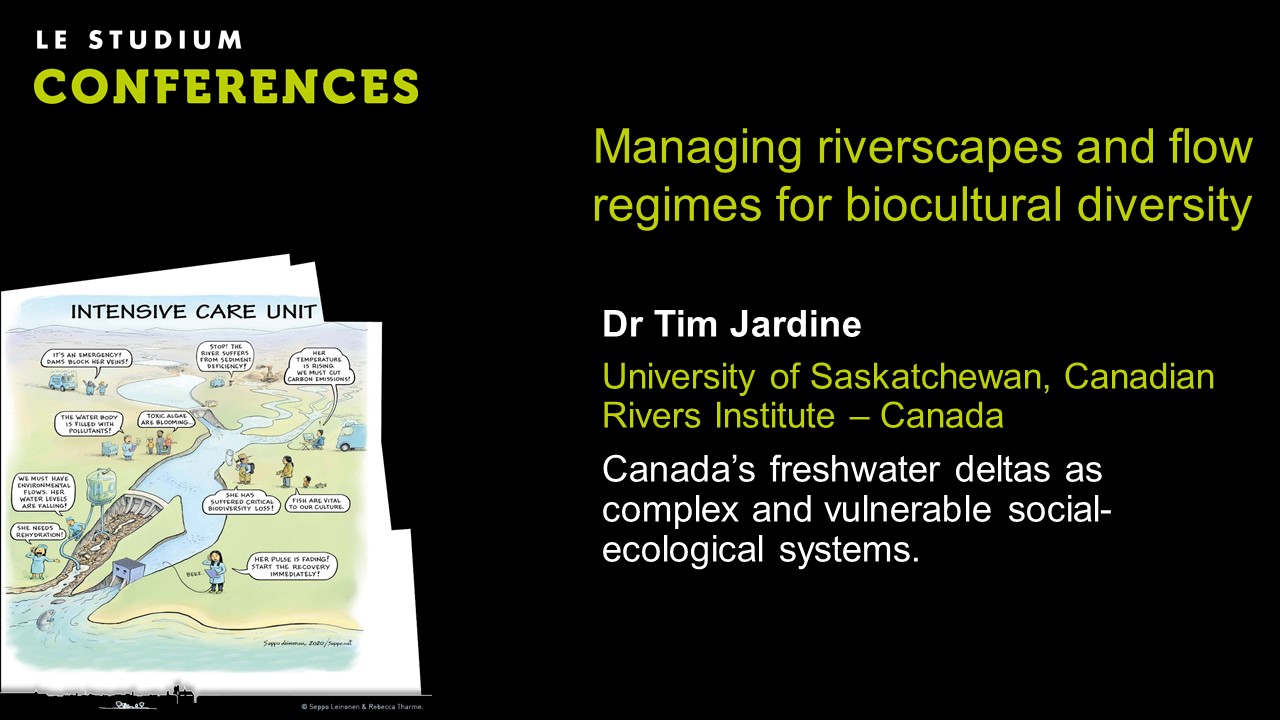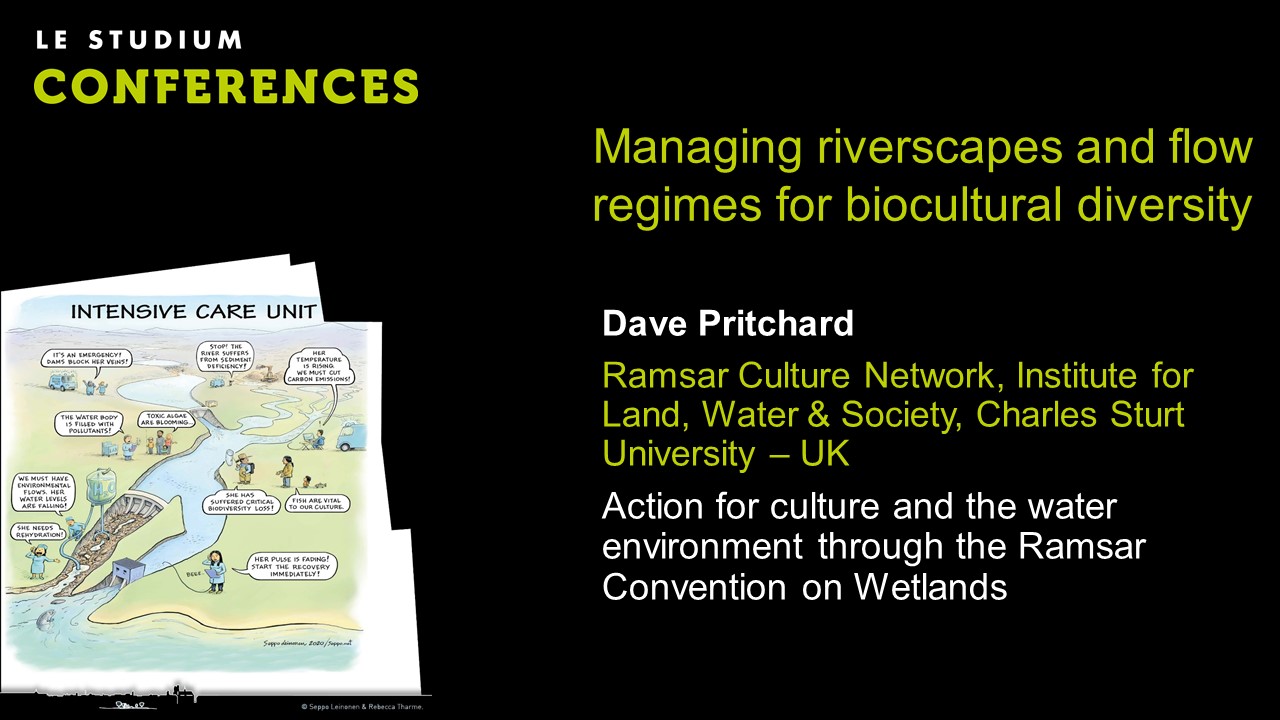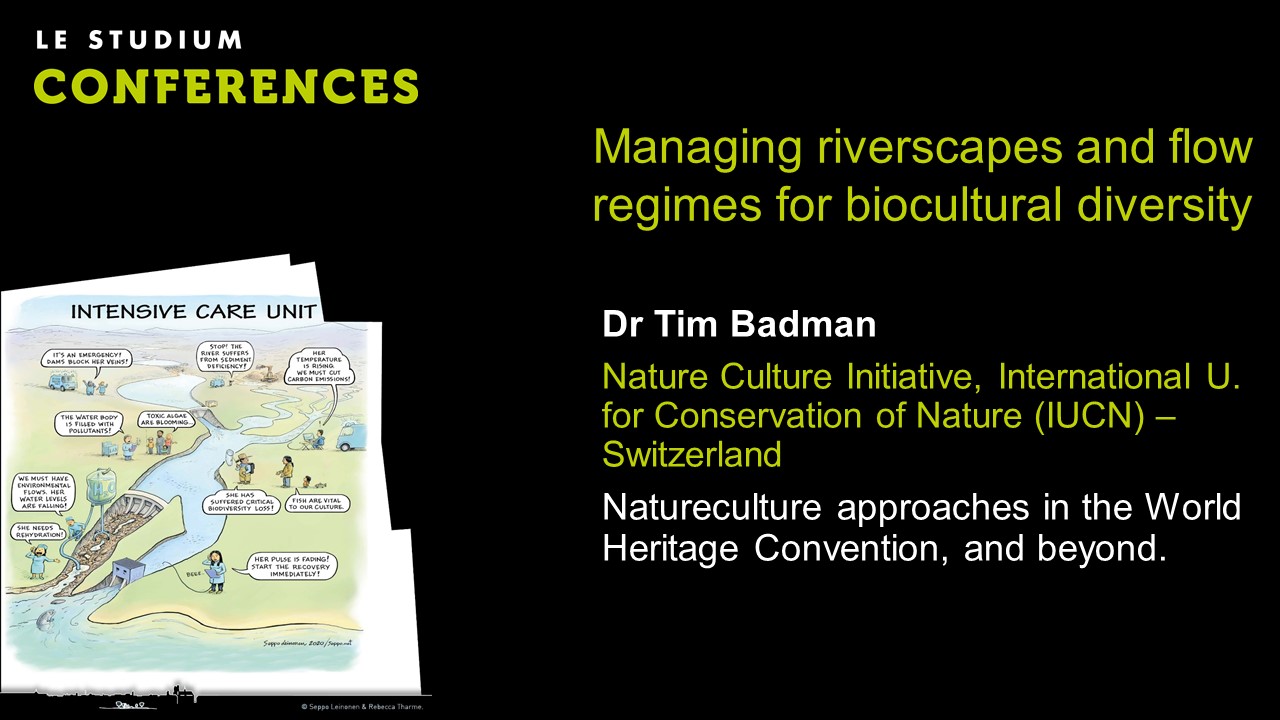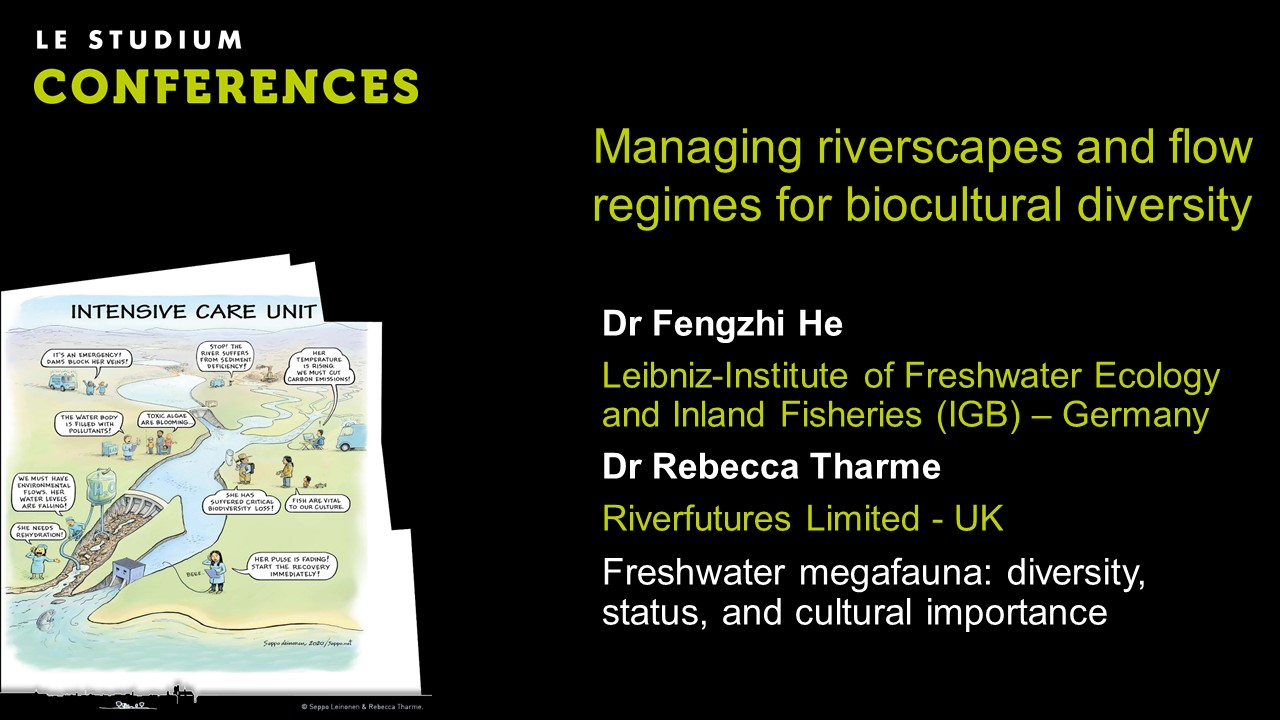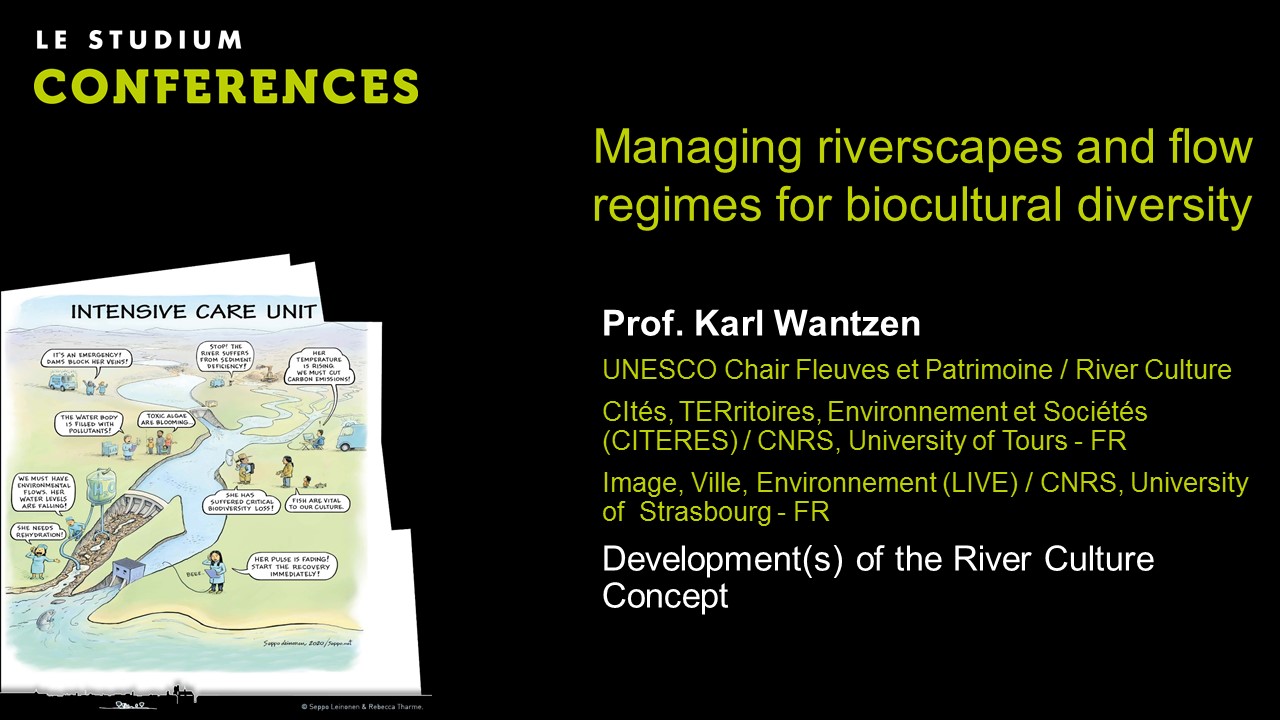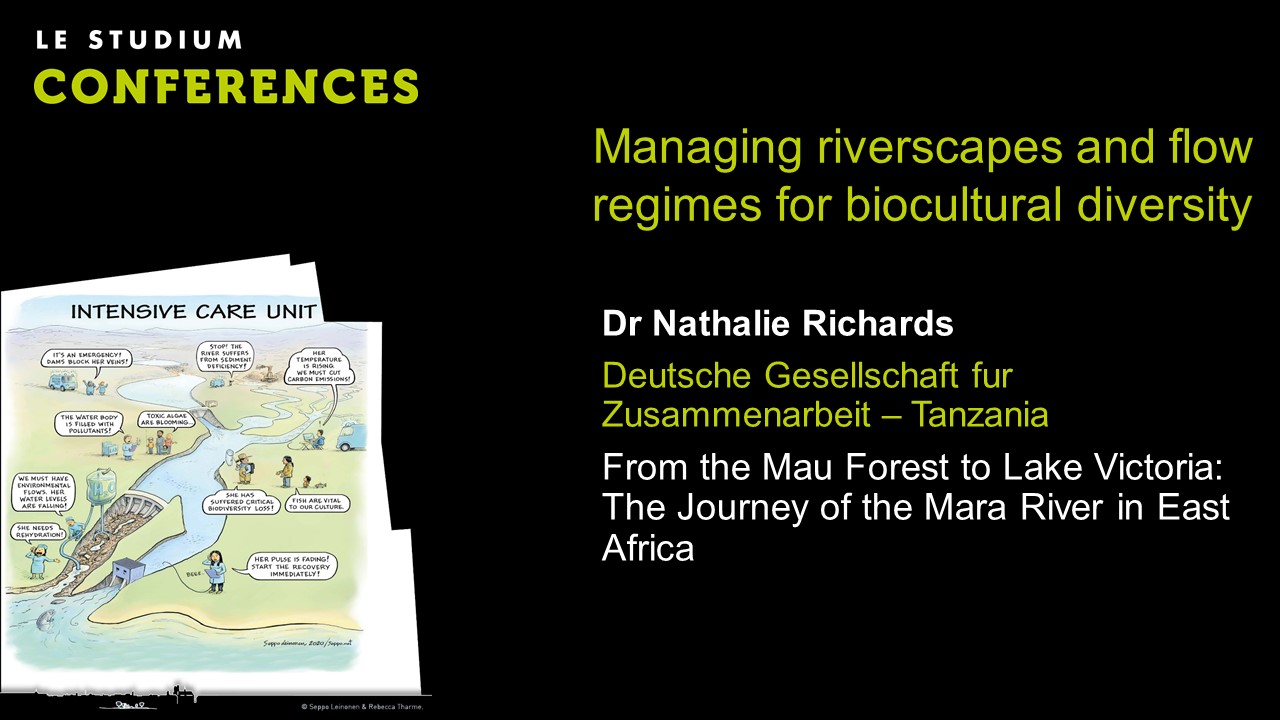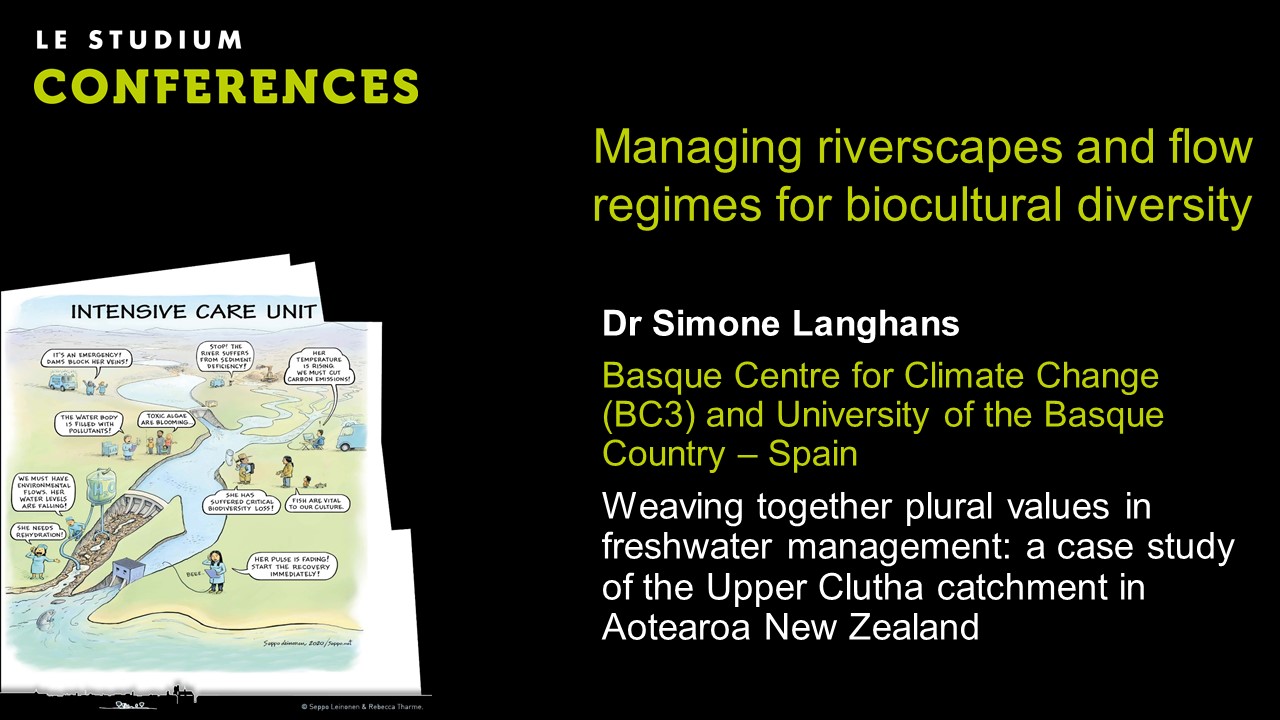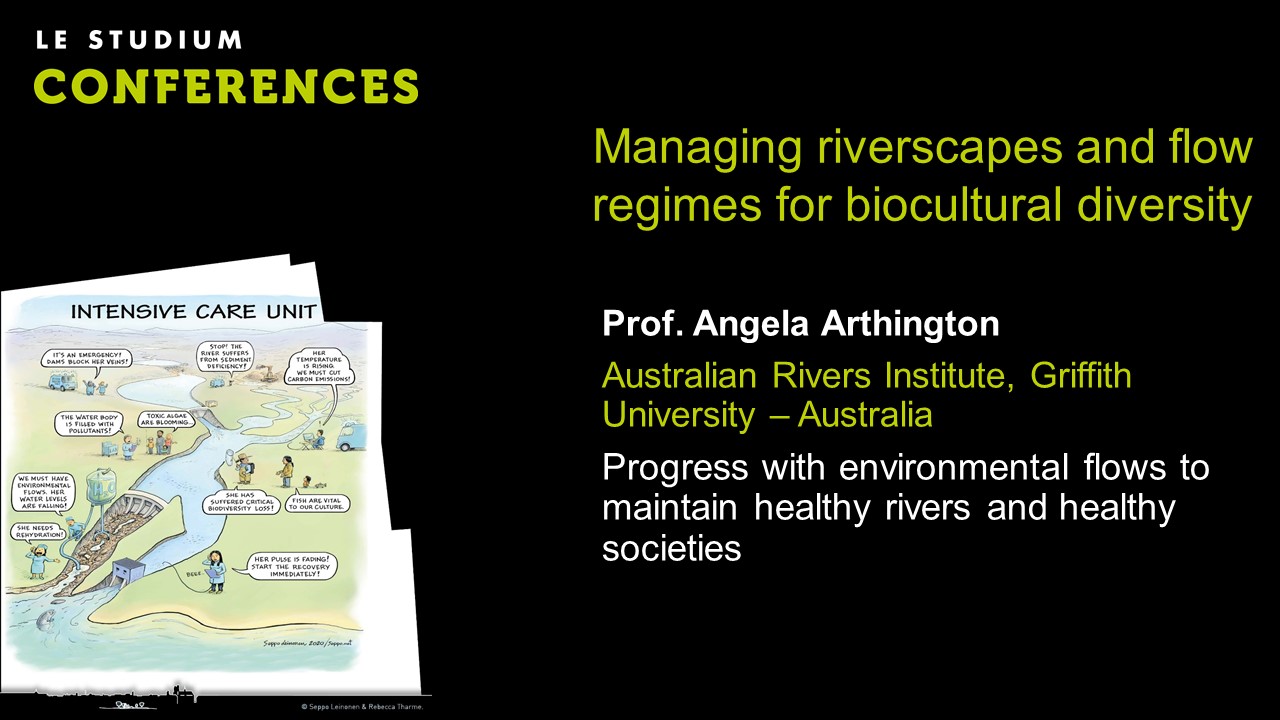Notice
Adapting social-cultural-environmental flows for cold regions.
- document 1 document 2 document 3
- niveau 1 niveau 2 niveau 3
Descriptif
In northern regions, many rivers remain ice-covered for a period of three to six months and have two distinct low flow periods: mid-winter and mid to late summer. Societal water demands are highly seasonal, for example with peaks in demand being associated with summer agricultural activities in many regions, and access and navigation of systems with complex seasonal wetting/drying of deltaic environments. We have divided our talk into two parts to explore environmental flows in cold regions; the first half explores applications in eastern Canada where most jurisdictions are still using prescriptions of minimum discharge as environmental flows. We compared the most commonly used metrics on over fifty rivers in the southern part of the province of Québec and showed that a “one size fits all” approach is not optimal for this region. In order to provide insight to a broader community of stakeholders and include indirect information on fish habitat and the ecological health of the river, two additional variables are being considered: the wetted perimeter and river temperature. The second half presents components from two holistic application case studies from Canada: the Wolastoq (St. John River, New Brunswick) and the Peace-Athabasca Delta (Alberta) with a focus on the key social and cultural components of these cold region environmental flows frameworks.
Thème
Dans la même collection
-
Dr Erin O'Donnell - Reshaping the human relationship with water: what happens when a river becomes …
Globally, the status of rivers in law is changing rapidly, as rivers themselves are beginning to receive legal rights. This growing transnational movement accelerated in 2017 with the recognition of
-
Nupur Prothi Khanna - Cultural landscapes of Water systems in Asia
In this ‘SDG Decade of Action” we are aiming to facilitate a nature-culture orientation related to water wisdom with a focus on our young citizens. Traditional knowledge related to water has
-
Dr Avril Horne - Participatory environmental flows assessments
Several of the key challenges to implementing environmental flows are related to the social and political context of environmental flows projects. These include community acceptance and buy in,
-
Dr Tim Jardine - Canada’s freshwater deltas as complex and vulnerable social-ecological systems.
In north-western Canada, glacial retreat left behind large lakes that led to the development of three massive freshwater deltas (Peace-Athabasca, Slave and Saskatchewan). The productivity of these
-
Dave Pritchard - Action for culture and the water environment through the Ramsar Convention on Wetl…
The intergovernmental Ramsar Convention on Wetlands celebrates its 50th anniversary this year. Its global treaty provisions and conservation policy frameworks have always been based on the best
-
Dr Tim Badman - Natureculture approaches in the World Heritage Convention, and beyond.
This paper will provide a review of work being undertaken to bring together the consideration of nature and culture in policies, programmes and practices of the World Heritage Convention, and a
-
Freshwater megafauna: diversity, status, and cultural importance
By Dr Fengzhi He and Dr Rebecca Tharme : Megafauna species play important ecological roles. Owing to their intrinsic characteristics such as large habitat requirements, long lifespan, and late
-
Prof. Karl Wantzen - Development(s) of the River Culture Concept
Rivers give rhythm to all life in their catchments. Floods and droughts trigger both, etho-physiological adaptations by biota, resulting in biodiversity, and one species, H. sapiens, resulting in
-
Dr Nathalie Richards - From the Mau Forest to Lake Victoria: The Journey of the Mara River in East …
The Mara River starts its journey in the Mau forest in Kenya, flowing through diverse waterscapes and famous savannahs into Tanzania, where it reaches the Mara wetland system before spilling into
-
Dr Simone Langhans - Weaving together plural values in freshwater management: a case study of the U…
Public participation is an effective way to resolve the tensions between contested objectives, while maintaining ecological integrity. New Zealand is one of the few countries that takes a
-
Prof. Angela Arthington - Progress with environmental flows to maintain healthy rivers and healthy …
The science and practical applications of environmental flows (e-flows) have advanced rapidly since the early 1980s. E-flows serve as a means to protect the flow regimes and ecosystems of

